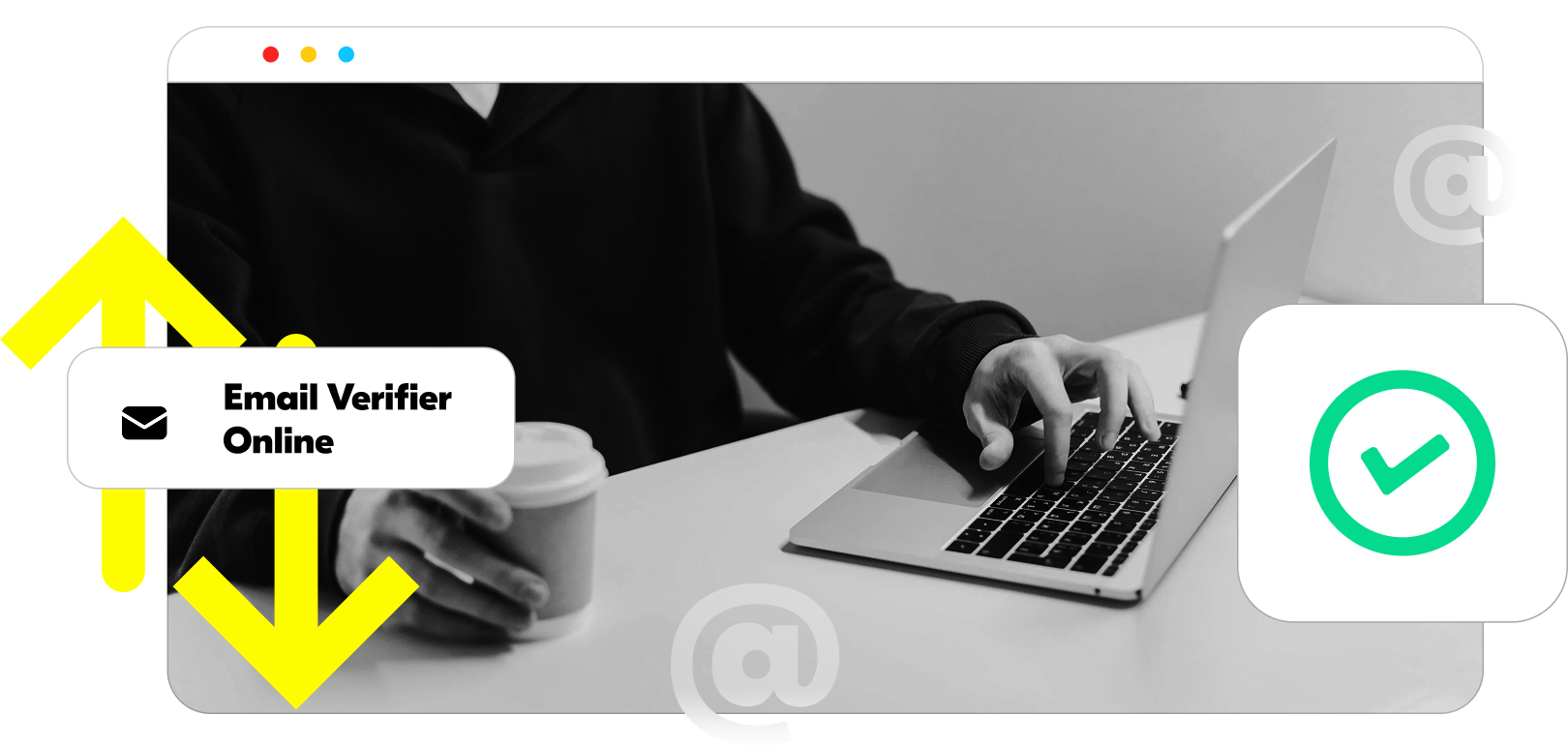Try our free email verifier today – fast, secure, and reliable for all your lead generation needs.
✉️ Email Verifier
Check if an email address is valid and can receive mail.
Quickly validate any email with our free email verifier tool – just enter the address below and get instant results. Our advanced email address verifier checks formatting, domain validity, and mailbox existence, helping you avoid fake or undeliverable emails.
This online email verifier runs silently in the background, meaning no messages are ever sent during the process. Whether you’re verifying one email or cleaning up an entire list, IGleads.io offers one of the best email verifier tools to keep your outreach efficient and accurate.
Trusted by Thousands of Professionals
Join thousands of marketers and businesses who rely on IGLeads.io to power their lead generation.
But don’t take our word for it! See why our users love us — real reviews from real customers.
Any Questions?
Our email verifier utilizes real-time verification processes to check the validity of email addresses. It examines the domain validity and mailbox existence to ensure high accuracy in identifying deliverable emails.
Yes, we offer a free email verification tool that allows users to validate email addresses without any cost. This enables users to maintain clean and effective email lists effortlessly.
No, the email verification process is completely discreet. Our tool does not send any messages to the email addresses being verified, ensuring privacy and preventing unnecessary communication.
While the free tool is designed for instant validation of individual email addresses, IGLeads.io also offers a scraping service for a variety of social media platforms, Real Estate, Google Maps, and much more.
By using IGLeads.io’s email verifier to ensure that your email list contains valid and deliverable addresses, you can reduce bounce rates, enhance deliverability, and improve the overall effectiveness of your email marketing campaigns.
